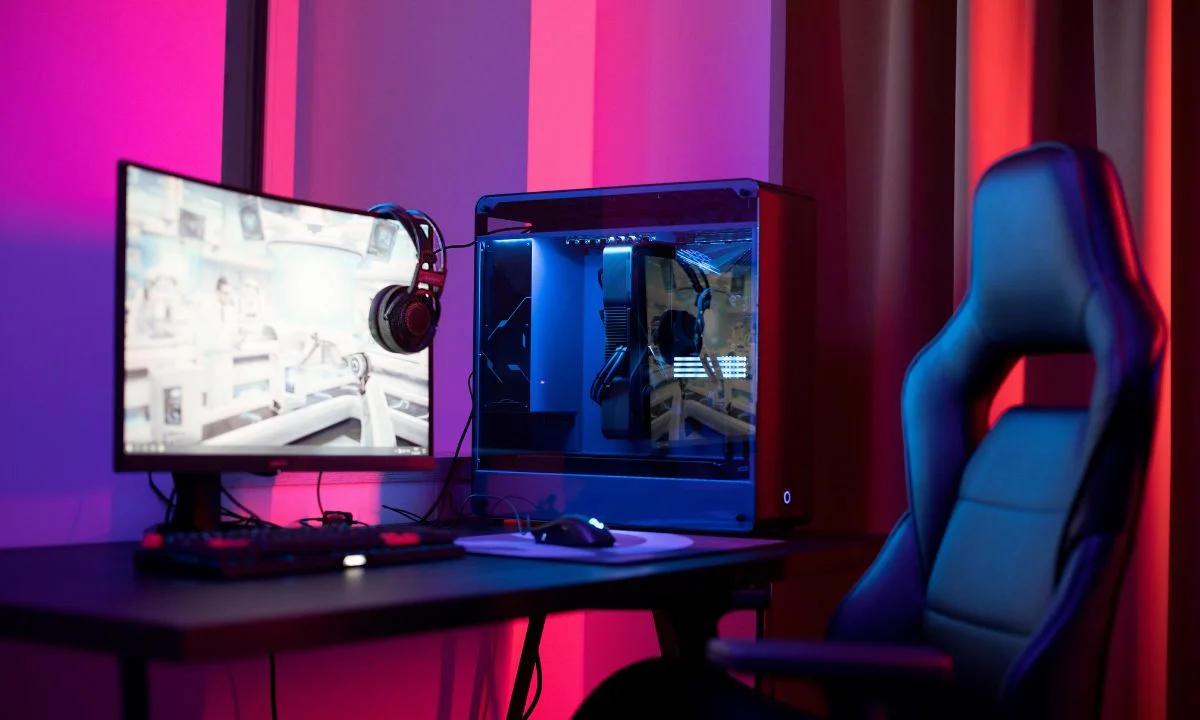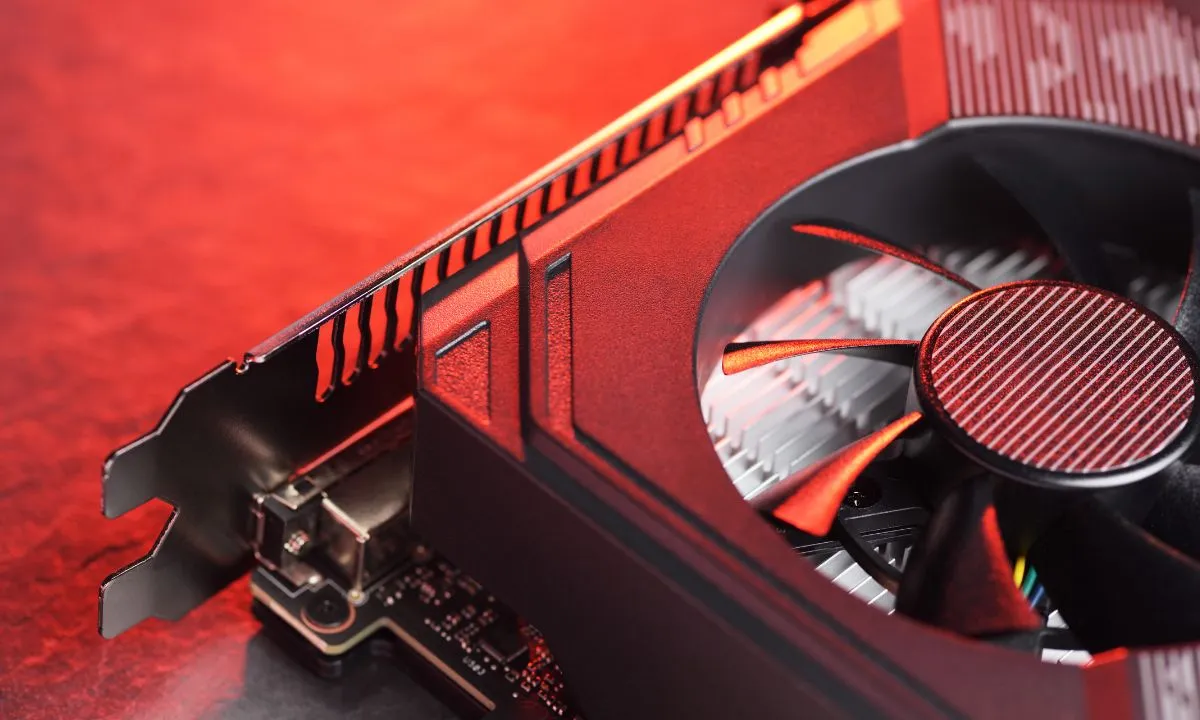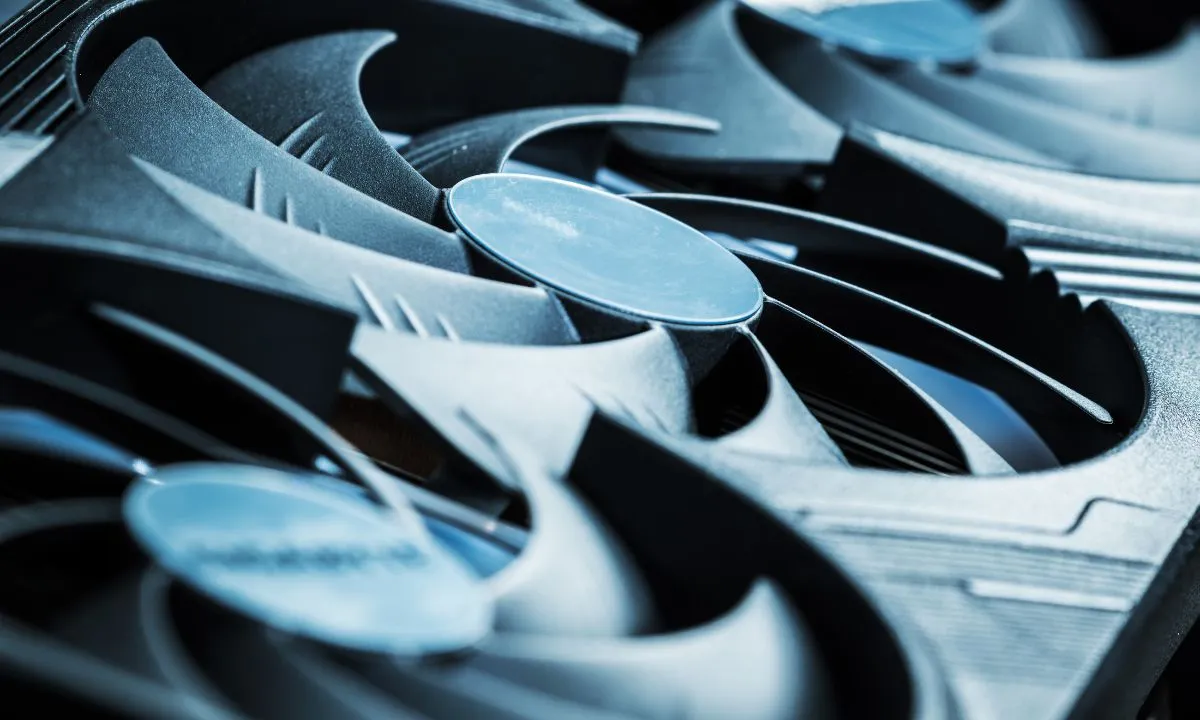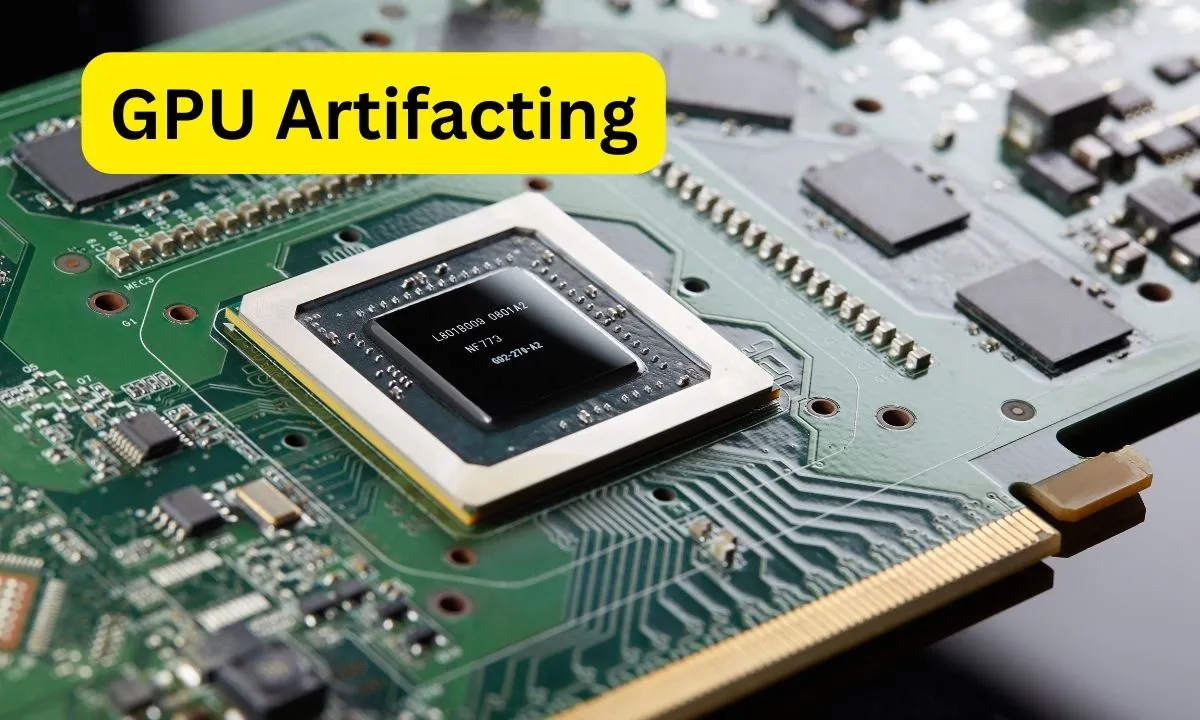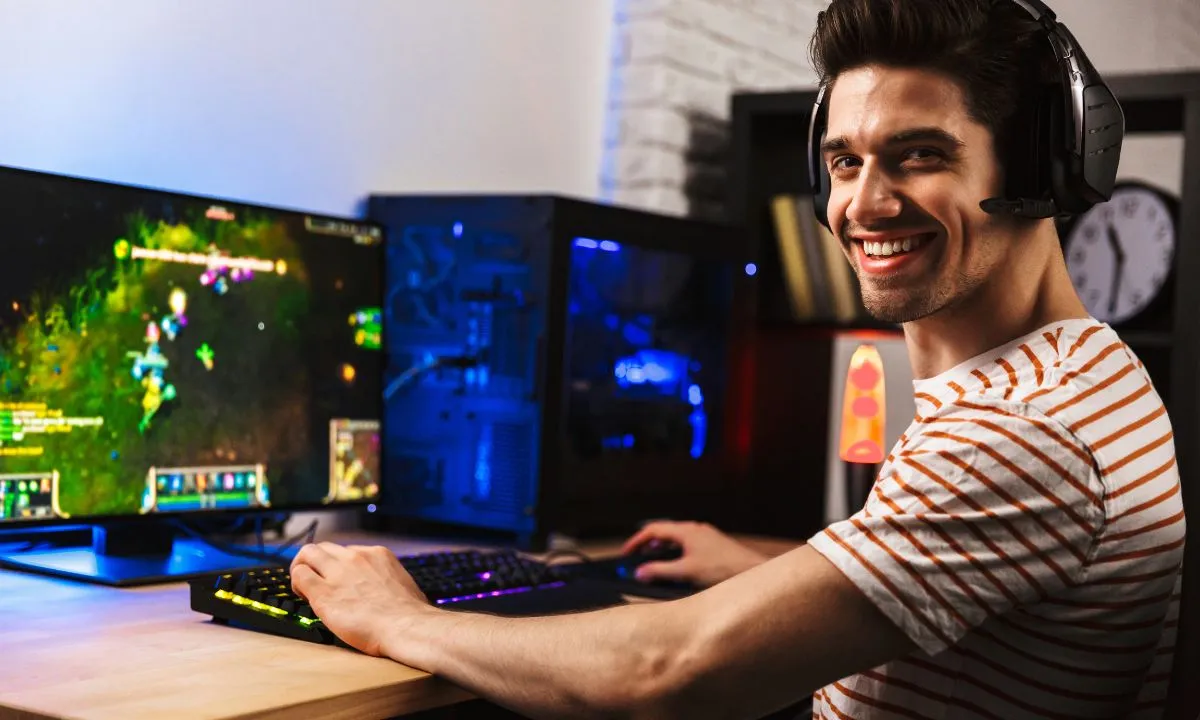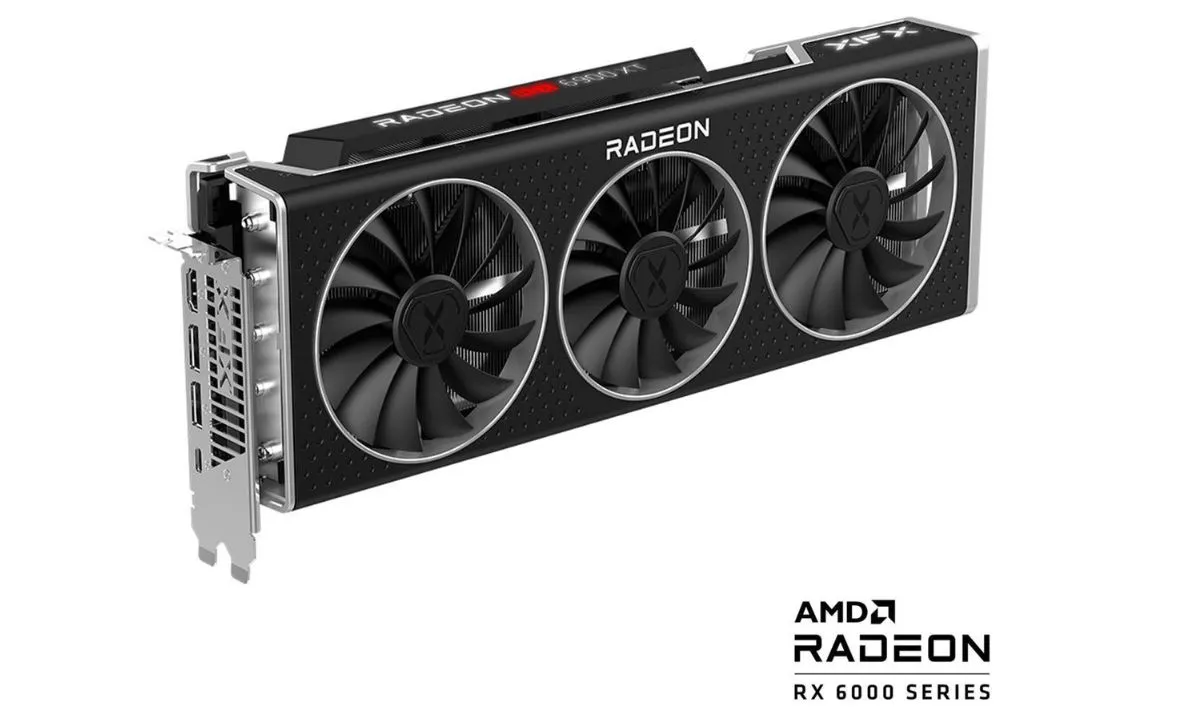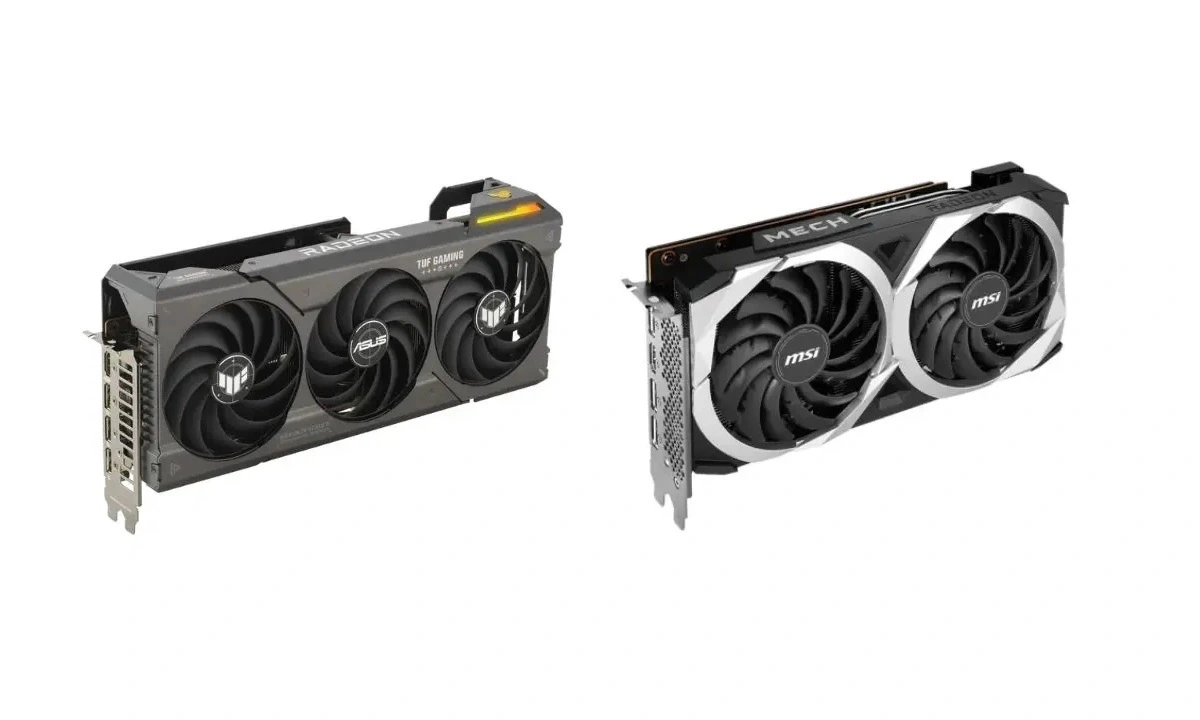As display resolutions increase to 8K and higher, the graphics card requirements become exponentially more demanding. At 8K resolution (7680x4320), screens offer over 33 million pixels, nearly 4 times as many as 4K and 16 times as many as 1080p. Rendering modern AAA games at these resolutions is currently only feasible on a small number of the highest-end graphics cards on the market. In this article, we will discuss whether 8K Gaming is feasible yet or not and what GPUs can do gaming at 8K resolution with fluent FPS.
While the latest GPUs may run some of today’s games at 8K with some compromises, pushing demanding new titles effectively requires future hardware advances. Even high-end GPUs often struggle to maintain 30+ fps at 8K high settings. For now, 8K may be best suited for less demanding titles or older games on high-end PCs. This article will explore the graphics cards capable and considerations for 8K gaming today and beyond.
What is 8K resolution and how does it compare to other resolutions?
It’s important to understand how 8K compares to other common resolutions. At 4K (3840x2160), screens are already 4 times as sharp as 1080p. Next is 1440p at 2560x1440, which has over 3.6 million pixels. Meanwhile, 1080p remains the mainstream standard currently found on most displays, with just over 2 million pixels. Jumping from 4K to 8K represents an even more substantial increase in pixel count. Let’s have a look at various resolutions in terms of graphical representation.
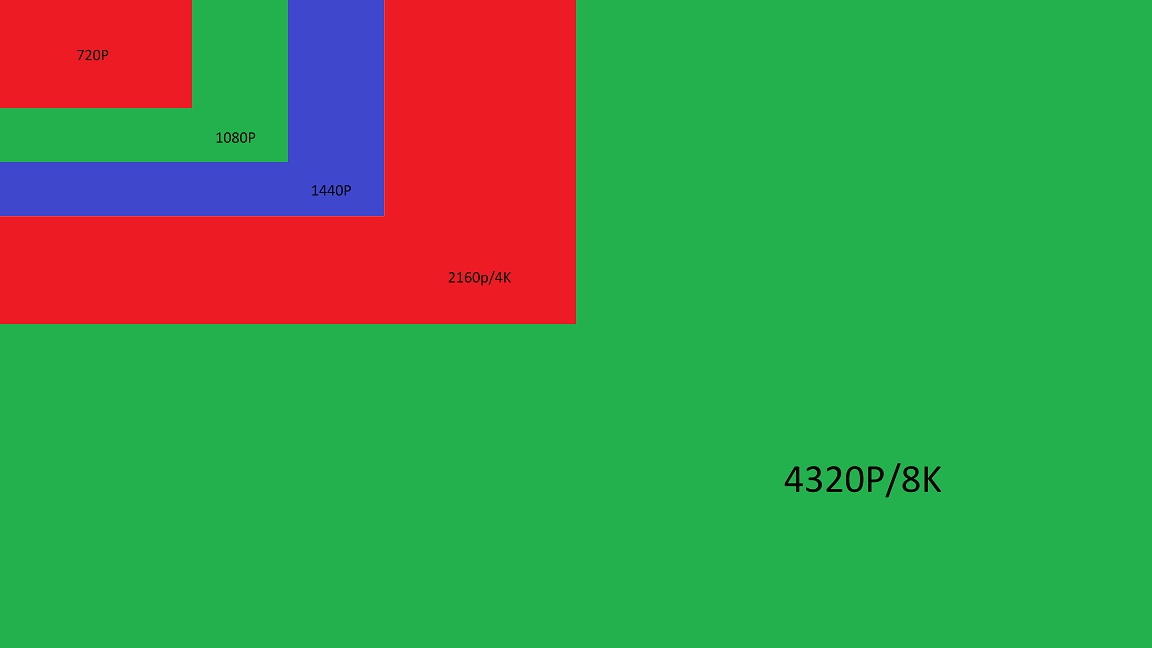
Graphics card requirements for running games at 8K
The latest Nvidia RTX 4090 and AMD Radeon RX 7900 XT graphics cards bring much-needed horsepower for 8K gaming. With doubled performance over their 3000/6000 predecessors, they make 8K playable in many current titles. The RTX 4090 with its 24GB of GDDR6X memory and massive hash rate can hit 60+fps at 8K on quality presets. The RX 7900 XT is also a serious 8K contender, outperforming the 6900 XT it replaces. Still, these $1000+ cards only get 30-60fps depending on optimizations and settings used.
Less demanding games and esports titles can leverage their power more. In the future, more affordable 4080/4070 models or RX 7800 series may bring wider 8K adoption. Overall, the 4090/7900XT gets closer to mainstreaming 8K, but most gamers are still best suited to 4K for a smoother experience.
Technologies That Can Improve 8K Experience
Both AMD and Nvidia are developing technologies aimed at enhancing 8K performance without needing prohibitively expensive hardware. Nvidia’s DLSS uses AI upscaling to boost framerates significantly with minimal quality loss. By rendering at a lower resolution like 4K and using neural networks to reconstruct the image at native 8K, even mid-range cards see substantial gains. FidelityFX Super Resolution is AMD’s open-source equivalent, offering similar frame rate increases especially on RDNA2 and RDNA3 cards.
Nvidia Frame Generation takes things a step further by entirely synthesizing frames to push content to double the frame rate. This could theoretically enable fluid 8K60 gameplay. AMD’s Fluid Motion Frames technology inserts virtual frames between existing content frames, also essentially doubling perceived smoothness at half the rendering cost. Both features hold promise for making 8K far more achievable.
These ever-evolving techniques are almost certain to continue advancing. As they improve, image quality will increase and performance overhead lessen. Their impact could send 8K into the mainstream before hardware alone allows native rendering to become practicable. They offer a way to experience higher resolutions earlier.
Performance benchmarks of current GPUs at 8K
Benchmarks of the RTX 4090 and RX 7900 XTX in the latest 2023/2024 games at 8K resolution show they are capable of providing a decent experience, but performance still depends heavily on game optimization and settings. In less demanding titles like Fortnite or esports games, both cards typically surpass 60fps at max settings. Open-world games present a greater challenge—for example, God of War hits 45fps on Ultra, and Cyberpunk 2077 peaks at 35fps RTX On.
Even the powerful 4090 struggles to stay at 30fps in ultra-settings benchmarks of games like Red Dead Redemption 2 or Microsoft Flight Simulator. Dropping ray tracing or certain effects can offer performance gains of 10-20fps. Still, 8K remains a major challenge. The 7900 XT generally trails the 4090 by 10-20%, managing only 25-30fps in the most intensive titles.
Clearly, you need flagship GPU configurations for uncompromising 8K/60+ gaming. Turning down a few settings offers smoother minimum framerates from these high-end GPU solutions in all but the latest AAA open-world titles at gaming’s cutting edge.
VRAM requirements at 8K resolution
As resolutions increase dramatically to 8K, so too do demands on a graphics card’s video memory or VRAM. At 8K, the raw pixel count is over 33 million compared to 8 million for 4K. This requires much higher resolution texture and asset resources to avoid noticeable quality dips from repeated memory reuse.
With many current games utilizing 8-10GB textures at 4K, a similar move to 16K-20K texture sizes would be needed for optimal visuals at 8K. This puts minimum VRAM requirements at 16GB or more. The RTX 4090’s 24GB allows for comfortable headroom even with texture packs, 4K shadow maps, and heavy multitasking.
However, VRAM shortages can still cause issues, even on cards with ample memory. When a game coughs 16GB+ at 8K, stuttering is inevitable on 16GB or lower cards. Dying Light 2 for example exceeds this at top settings.
With memory usage only projected to rise, 24GB may become the sweet spot in the future. While 16GB can scrape by in many titles now, avoiding compromises requires the full memory bandwidth of 24GB or more. This puts serious demands on hardware and affects choices for those wanting to build or upgrade an 8K-ready system.
Connectivity options - DisplayPort vs HDMI
Display connectivity is another crucial factor for 8K gaming. Both DisplayPort and HDMI are options, but they have important differences in capabilities. For the latest GPUs like the RTX 4090 and RX 7900 XTX, DisplayPort 1.4 remains the preferred choice, as it provides enough bandwidth to run two 8K monitors at 60Hz without compression.
HDMI 2.1a can also drive a single 8K display at 60 FPS. The RTX 4090 has three DisplayPort 1.4a ports and one HDMI 2.1a port. This gives flexibility, but DP is recommended. The RX 7900 XT similarly packs three DP 2.1 outputs and one HDMI 2.1a, future-proofing for 8K.
However, not all TVs and monitors include DP connectivity yet. HDMI may be the only option in some cases, meaning performance compromises. The upcoming HDMI 2.1b standard could enable full 8K60 over a single cable, opening more possibilities. But for now, DisplayPort typically ensures the highest quality 8K visuals from cutting-edge GPUs.
Types of games suitable for 8K
With the increasing availability of 8K capable graphics cards and monitors, more gamers are exploring the highest resolution available. However, not every game is optimized for the massive 33 million pixels that 8K offers. The most suitable types of games for true 8K gaming tend to be newer titles from 2017 onwards that are built using the latest game engines.
These newer games are more likely to be optimized to take full advantage of powerful modern hardware. They have advanced graphics programming that can scale well to maximize higher resolutions. Games with photorealistic graphics and demanding rendering requirements shine at 8K as they have the assets and technology to fully utilize all those extra pixels. Genres like first-person shooters, open-world games, and racing/flight sims that emphasize detailed visuals tend to perform the best.
Meanwhile, older games from before 2017 may run at 8K resolutions but likely won’t feature the same level of visual fidelity as their assets and engines were designed with lower resolutions in mind. While 8K is overkill for more stylized or less demanding titles, running recent AAA games from 2017 onwards is where you’ll get the best experience from 8K thanks to their advancement in graphics technology.
Necessary upgrades beyond just the graphics card
While a powerful high-end graphics card is essential for pushing tens of millions of pixels at 8K, it’s not the only hardware upgrade required to truly experience next-generation 8K gaming. An equally important consideration is the monitor itself. Given how astronomically dense the 8K resolution is, you’ll need an ultra-large display in the 55-65 inch range to make individual pixels indistinguishable from the naked eye at a normal viewing distance.
Opting for anything smaller won’t do 8K resolutions justice and could strain the eyes. 8K monitors at this size don’t come cheap, with prices often north of $5,000 currently. You’ll also need fast dual Quad HD or higher resolution screens to utilize 8K resolutions across multiple displays.
Beyond the monitor, other key upgrades include the latest high-bandwidth HDMI or DisplayPort standard to handle 8K 60Hz+ output without compression artifacts. Fast system RAM of 32GB or more is advisable along with a speedy SSD configuration in RAID 0 if possible for source material and cache. A beefy PSU with sufficient juice for power-hungry 8K graphics components is also essential. All of these upgrades work together to deliver a breathtaking 8K gaming experience worth the investment.
Conclusion
While 8K monitors and graphics cards are becoming more available, the sad truth is that native 8K gaming is not worthwhile or sensible for most people at this point. The number of games that truly support 8K resolutions and maintain 60+ FPS with high/ultra settings is incredibly low. Even cutting-edge GPU configs struggle to play the latest AAA titles at 8K without compromises. The vast majority of content, including games, streaming video, and desktop applications, is still being produced with 4K and below in mind.
Upscaling lower resolutions to 8K certainly offers greater sharpness than 4K, but it’s still not a true native resolution experience. Outside of basic desktop use and media playback, realistically only a handful of less demanding indie games and simulations can provide a fulsome high-fidelity 8K experience currently. It’s just not feasible for more graphics-intensive newer games. Unless you have a singular focus on bleeding-edge early adoption or competitive benchmarking, there isn’t enough suitable 8K optimized content to make the huge investment worthwhile today. 4K remains the sweet spot for visual fidelity and performance in the mainstream.
Frequently Asked Questions
How powerful does a GPU need to be for 8K gaming?
To reliably run modern games at 8K with high settings will require at least RTX 4080 or RX 7900 XT level GPU or higher. Lower-end GPUs may struggle even at low settings.
Are there any 8K gaming monitors available?
Yes, there are some premium 8K monitors available now from brands like Dell, Samsung, and LG though they remain very expensive, ranging from $3,000 to $5,000 currently.
Will upscaling games look better than native 4K?
Upscaled 8K will provide some improvements over 4K but you won’t get true 8K quality. Native 8K is still out of reach for all but a few less demanding games even on high-end hardware.
